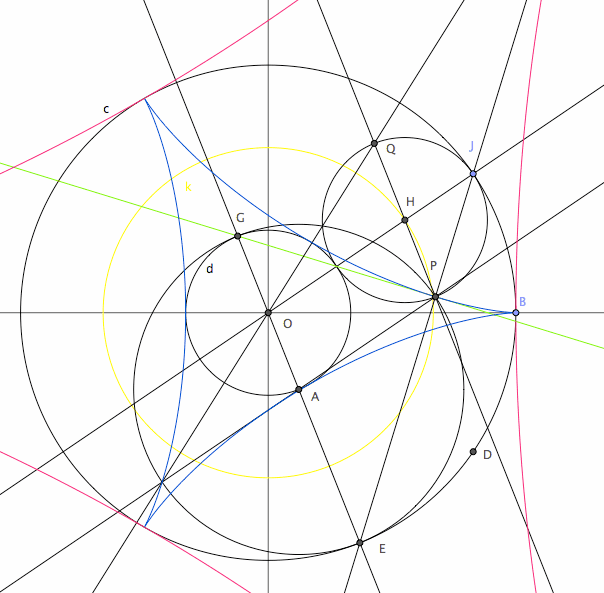 | ||
Deltoid curve hexpack original mix
In geometry, a deltoid, also known as a tricuspoid or Steiner curve, is a hypocycloid of three cusps. In other words, it is the roulette created by a point on the circumference of a circle as it rolls without slipping along the inside of a circle with three or one-and-a-half times its radius. It is named after the Greek letter delta which it resembles.
Contents
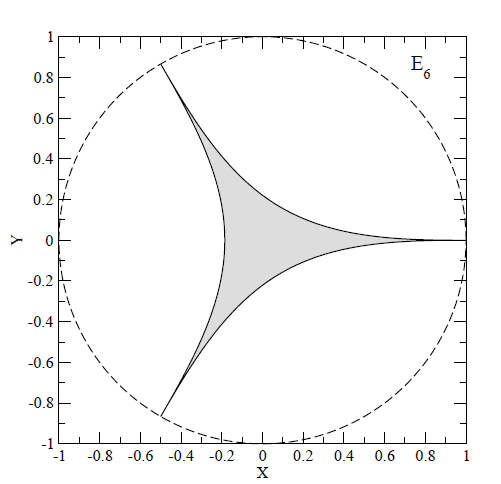
More broadly, a deltoid can refer to any closed figure with three vertices connected by curves that are concave to the exterior, making the interior points a non-convex set. [1]
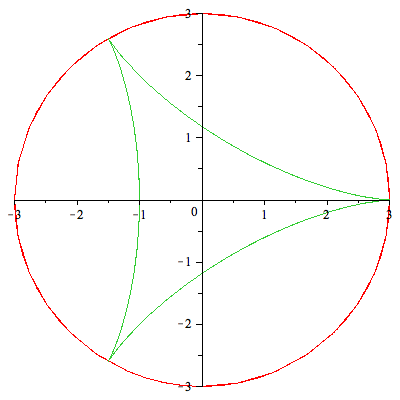
Equations
A deltoid can be represented (up to rotation and translation) by the following parametric equations
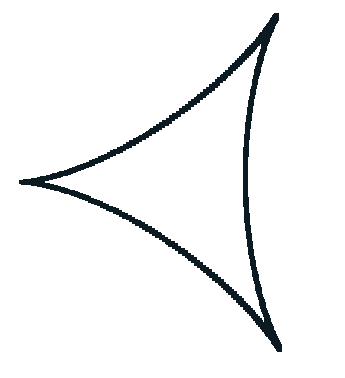
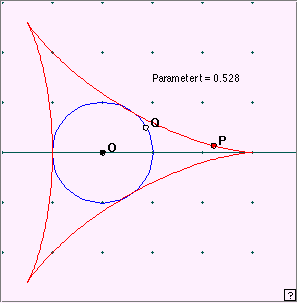
where a is the radius of the rolling circle, b is the radius of the circle within which the aforementioned circle is rolling. (In the illustration above b = 3a.)
In complex coordinates this becomes
The variable t can be eliminated from these equations to give the Cartesian equation
so the deltoid is a plane algebraic curve of degree four. In polar coordinates this becomes
The curve has three singularities, cusps corresponding to
A line segment can slide with each end on the deltoid and remain tangent to the deltoid. The point of tangency travels around the deltoid twice while each end travels around it once.
The dual curve of the deltoid is
which has a double point at the origin which can be made visible for plotting by an imaginary rotation y ↦ iy, giving the curve
with a double point at the origin of the real plane.
Area and perimeter
The area of the deltoid is
The perimeter (total arc length) of the deltoid is 16a.
History
Ordinary cycloids were studied by Galileo Galilei and Marin Mersenne as early as 1599 but cycloidal curves were first conceived by Ole Rømer in 1674 while studying the best form for gear teeth. Leonhard Euler claims first consideration of the actual deltoid in 1745 in connection with an optical problem.
Applications
Deltoids arise in several fields of mathematics. For instance:
